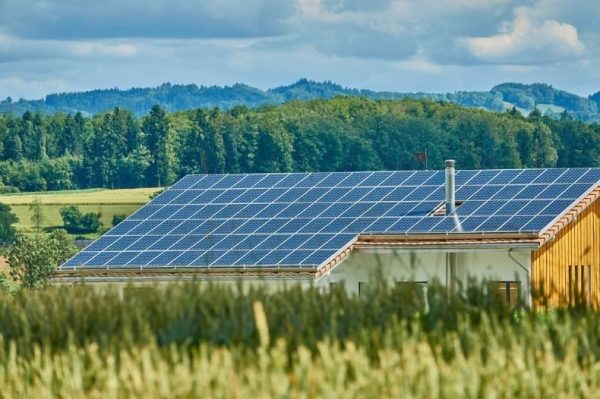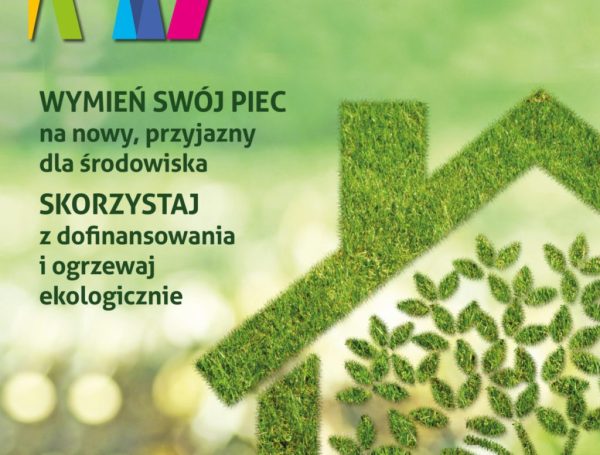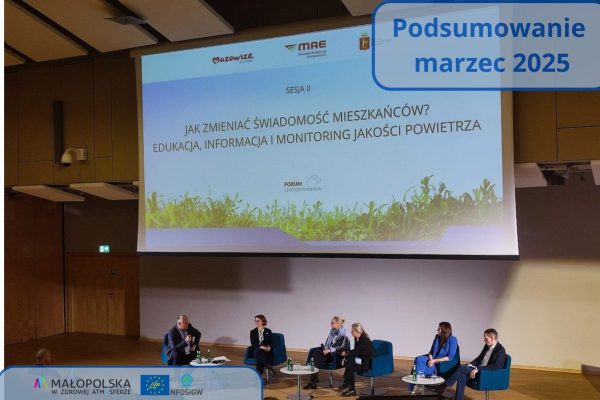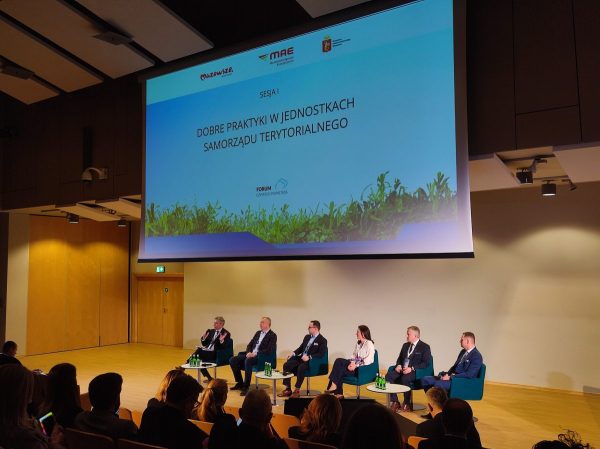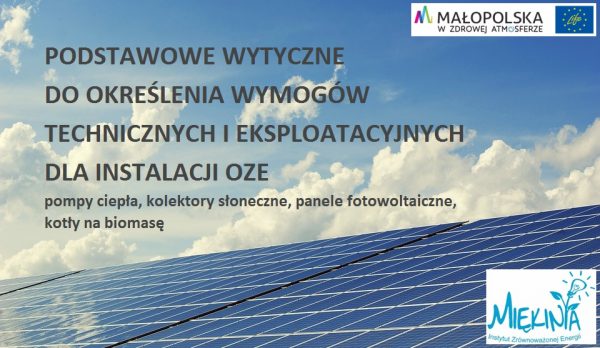Summary of the Catching-Up Regions project

The second edition of the implementation of the Catching-Up Regions initiative in Poland has been completed, under which recommendations regarding instruments supporting thermal modernization of single-family houses were made based on the experience of the Malopolska Region and Silesia.
A conference summarizing the effects of the Catching-Up Regions initiative was held on June 21 at the Silesian Museum in Katowice. The initiative had been implemented in the following regions: Malopolska, Silesian, Podkarpackie, Świętokrzyskie and Lubelskie, since May 2017. During this period, upon the request of the European Commission, World Bank experts cooperated with marshals’ offices and national authorities in order to develop recommendations and proposals aimed at increasing the efficiency of activities in the field of thermal modernization of buildings, spatial planning and development of entrepreneurship.
In the case of the Malopolska and Silesian Regions, the aim of the project was to increase the energy efficiency of single-family buildings and improve air quality. International experts from the World Bank have analyzed previous support programs for boiler replacement and thermal modernization of the buildings implemented in the Malopolska and Silesian Region. They also took into account the anti-smog resolutions adopted and introducing obligations with respect to using modern low-emission heating boilers.
Support instruments adapted to different social groups
The basic assumption of the project was to develop effective support instruments for the simultaneous replacement of old furnaces and to carry out thermal modernization of buildings that could be implemented in Poland. Solutions are therefore based on the experience of two regions, but have the potential to be used in other regions and at the level of national authorities.
World Bank experts proposed three main support lines. In the case of the poorest people, there should be subsidies at the level of 90-100% of the costs distributed via municipalities. For the more affluent, it was proposed to use preferential loans implemented by commercial banks with a subsidy of 20% of the costs of thermal modernization. The third common support instrument could be tax deductions and exemptions.
It is planned to continue the work of experts in the next period until June 2019 and its scope will be agreed in consultation with the European Commission and government and local government authorities.
Key points of the World Bank report:
- The most cost-effective way to reduce dust and CO2 emissions is to replace non-compliant solid fuel furnaces with gas boilers, heat pumps and heating systems using renewable energy (RES), e.g. biomass, if possible, as well as furnaces using solid fuel compliant with the applicable standards resulting from anti-smog resolutions, as combined with the thermal modernization of single-family buildings.
- Anti-smog resolutions and enforcement are key to stimulate demand for furnace replacement and change of fuel, and solid fuel quality standards are necessary to reduce air pollution.
- The total value of investments needed to replace non-compliant solid fuel furnaces and carry out a full thermal modernization in the single-family house sector is estimated at approx. PLN 30.1 billion in the Malopolska and Silesian Regions, and PLN 154.1 billion throughout the country.
- The Polish government could offer a 20% subsidy for fuel replacement with gas fuel, heat pumps and renewable energy systems as well as thermal modernization to the poor, combined with tax incentives that would be administered by commercial banks offering loans for the remainder of the investment.
- Coordination of the streams of allocated public funds (governmental and the EU) at both national and regional levels will be extremely important; to this end, it is recommended to create a National Anti-smog and Energy Efficiency Fund that would manage a pool of funds from various sources of financing.
- The program of combating smog and improving energy efficiency must be equipped with such elements such as technical (i.e. substantive) support and development of institutional potential, as well as educational campaigns and raising awareness among the public.
[easy_image_gallery gallery=”357″]


